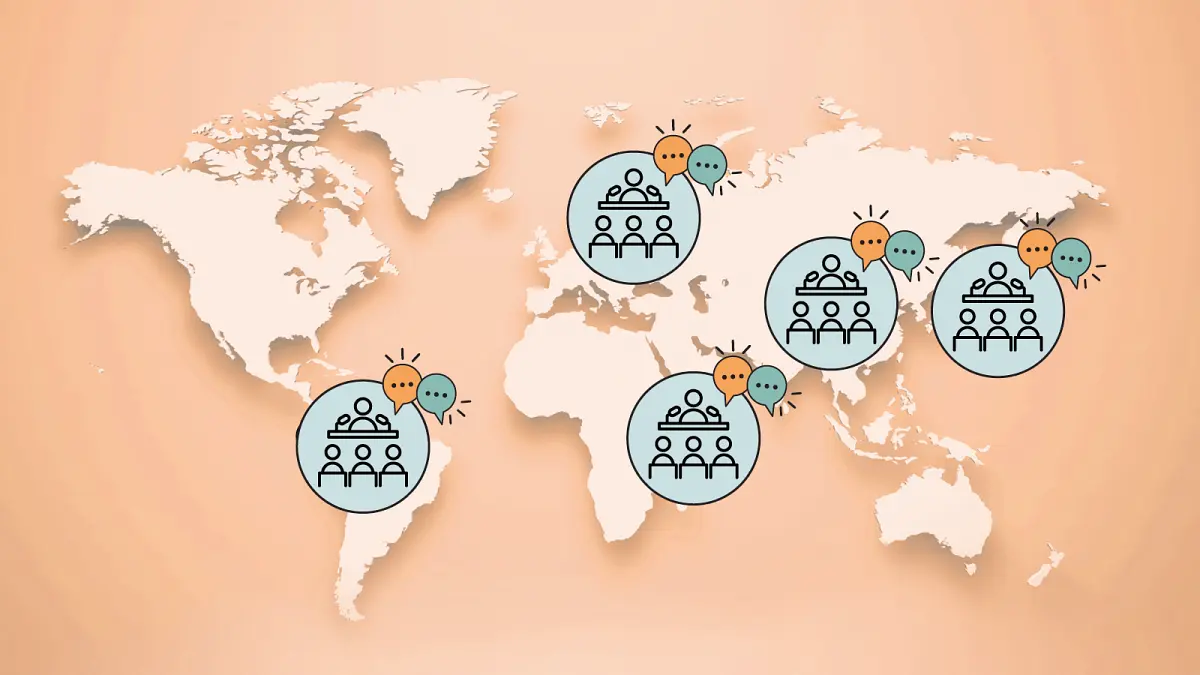In today’s digital age, setting up a geo network can significantly enhance your business’s ability to target content and services at specific geographic locations. Geo networks use GPS technology to deliver content relevant to the user’s current location, making them incredibly useful for businesses that operate in multiple regions. This step-by-step guide aims to help you setup your own effective geo network, from understanding the basics to implementing the technologies needed.
Before diving into the main steps, it’s crucial to understand the strategic importance of geo networks. They not only bolster local SEO efforts but also provide users with a tailor-made experience, increasing engagement and conversion rates. Whether you are a small business owner or part of a larger corporation, setting up a geo network could significantly shift how you interact with your audience.
Planning Your Geo Network
The first step in setting up a geo network is thorough planning. Define the scope and objectives of your network. Are you focusing on content delivery, user experience enhancement, or location-based advertising? Understanding what you want to achieve with your geo network will guide your technology choices and implementation strategies. It is also essential during this phase to conduct geographical market research. Knowing where your target audiences are and understanding regional behaviors can drastically influence the effectiveness of your deployment. Customized Mini Networks are particularly valuable in tailoring experiences right down to neighborhood-level specifications.
Additionally, consider regulatory implications and data privacy laws in different regions, which can impact how you collect and manipulate geolocation data. Setting clear, measurable goals during the planning phase provides a solid benchmark against which you can measure your geo network’s success.

Choosing the Right Technology
Selecting appropriate technologies is crucial for building a robust geo network. A variety of tools and platforms – from location-aware DNS to geolocation databases – can facilitate this process. Tools such as Google Cloud Platform or AWS offer geolocation features integrated into their cloud services, simplifying tasks like API management and data storage. Location-based services (LBS) and geofencing technologies also play pivotal roles.
When selecting these tools, it’s important to consider scalability, data security features, API capabilities, and support for real-time processing. Whether you need static or dynamic content delivery will significantly influence your technology choice; likewise, interoperability with other systems in your tech stack should not be overlooked.
Integrating Geolocation Data
Once you’ve chosen your technology stack, the next step involves integrating geolocation data into your system. This requires establishing a reliable source of location data; GPS data is most common but IP address mapping and Wi-Fi triangulation are also viable sources. Data accuracy is key here – higher accuracy will lead to better functionality of your geo network.
This phase might involve setting up servers that handle requests based on location specifics or adjusting website architectures for dynamic content rendering dependent on geographic locations. Keep in mind updates and scalability as user numbers increase or if additional features are rolled out later.
Testing and Quality Assurance
Before going fully live with your geo network, conducting comprehensive testing and quality assurance is vital to ensuring its reliability and efficacy. Testing should cover all aspects – from data accuracy to performance under different loads—and involve tools designed explicitly for simulating geolocation parameters.
Quality assurance isn’t just about fixing problems that arise; it’s also about optimizing processes for faster response times and better user satisfaction. Ensure regular maintenance schedules are set up so that any potential issues can be addressed promptly without affecting service quality.
Monitoring and Optimization
The final step involves ongoing monitoring and optimization post-deployment. Tracking analytics that tells you how regions are performing against KPIs is essential for determining future improvements or expansions needed in the geo network structure.
Leverage analytics tools that help measure site performance changes impacted by the geo-specific adaptations you’ve implemented. Continued testing of different scenarios within your geo framework helps refine approaches continuously while adopting new technologies as they become available can keep the service offering competitive.
In conclusion, setting up an effective geo network requires careful planning, choosing the right technologies, rigorous testing phases, and ongoing maintenance and optimization strategies tailored towards regional compliance and local audience’s needs. By following this guide, businesses can leverage geolocation technology effectively to enhance user engagement exponentially.
As global commerce becomes more digitized and personalized, having a robust Geo Network allows unmatched customization opportunities—driving up both relevance and revenues while catering specially to localized demands that standard digital strategies might fail to sufficiently address.

